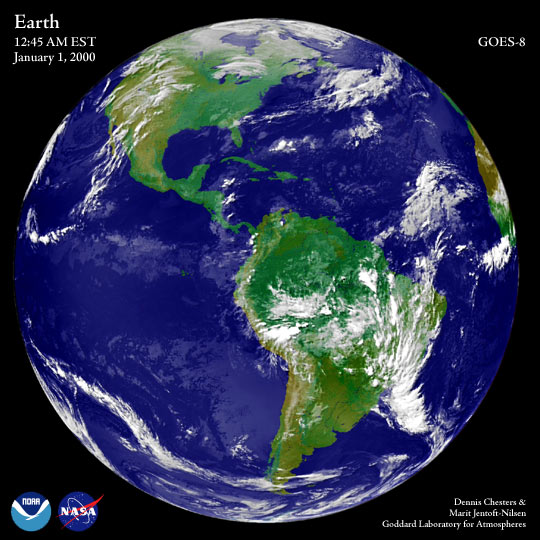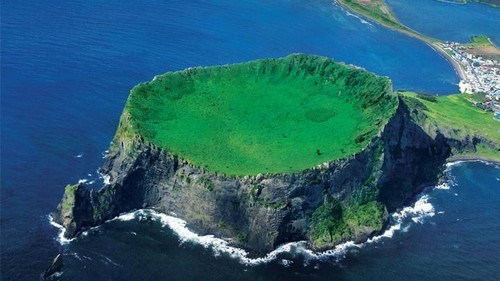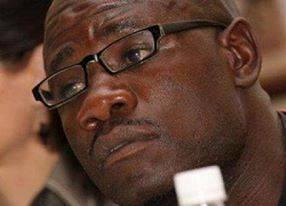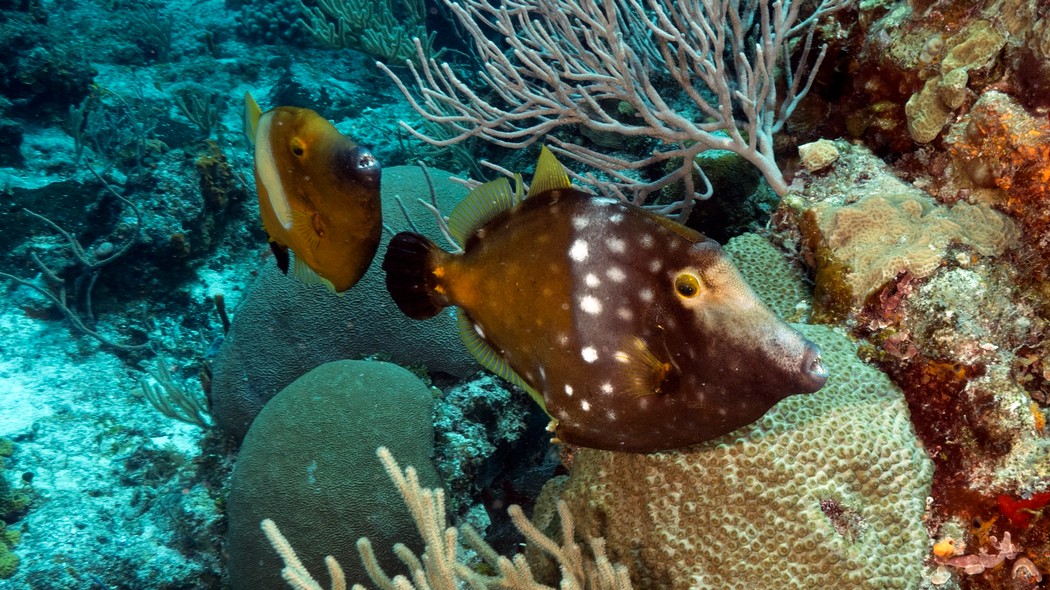AMANZI– the Water Crisis in the Southern tip of Africa with an example of the latest water crisis in Cape town ,South Africa and other African regions ,cities and villages are a great lesson to humanity that we need to take responsibility in the conservation of our environment thus including water sources . We have as humanity for a long time from generation to generation perpetuated the cutting down of trees leading to serious negative impacts like massive land erosion and siltation . We have indulged in irresponsible industrial global civilizations that have affected negatively our climatic patterns resulting as well in floods and untold suffering from heat waves and droughts losing lives and resources in the way. We just need to be a responsible citizenry that we live our lives to the fullest without the danger of the effects of climate change. Underneath is a lamentation for the water crisis in Cape town city of South Africa- Jambiya is a Creative Life Coach ,Arts Activist ,Poet and Storyteller of note.
NB – the Amanzi Water Journal call upon citizens in Southern Africa to participate in Southern Africa Faith Communities for Environment Institute(SAFCEI) Events , programs ,demos and trainings for a better understanding of environmental issues .Follow our blog , send us Likes and contact us at amanziglobaljournal@gmail.com
A City under Siege
Vusi Thembekwayo wisely said,
“Nothing is guaranteed
it is gifted”.
Why then do leaders control?
earth’s gifts –
water and vegetation;
destroy what is sown
by working hands
and fertilized by soil.
Theu lord over springs nurtured in stone
The people blame the H20 crises and famine on political manipulation and lies –
human maintenance and monocracy –
perhaps they are right,
Yet their bloated egos and guzzling
rob the poor of each drop
by which they live.
“Damn the bloody law”, they shout.
Conspiracy theories take precedence,
driven by an insatiable hunger for justice,
views on land repartition;
the rights of the Khoi and San.
Global warming, population explosions
and no rains
but to hell with the white man
who caused Africa’s pain –
May the black man rot as he
insists brown must be black.
Blame government for
gangsterism and depravity –
while the inhumane kill and plunder.
Damned apartheid that stripped
Africa’s sparkle and
broke her morale and humanity;
stole her integrity and peace;
raised her corruption
and false conditional grants.
Societies steal because
they are stolen from,
hate because they are hated,
they’re bigots because of prejudice,
thieves because
the poor must eat,
the old regime stole land and possessions –
the current status quo no different.
South Africa has become
what she hates –
a polluted representative democracy.
Hell indeed hath no fury
like a woman scorned.
rapists are torched yet
mothers leave toddlers to play
in streets till dark;
blame it on the system
who abuses women
as slave labour –
she lies drunk and drugged
while her boyfriend fondles
her 5year old.
He blames an unrepentant penis
and an appetite for health.
Evil is all around but the people
are stiff-necked and
stone institutions that
have long moved on –
It’s fathers dead and gone.
Communities play into the hands of apartheid’s prophecies
and bitterness has become
the compass by which
they journey into the future,
while our children die
and our earth dries up;
South Africa lashes out at the ghost who still haunts her heart and home.
She has ceased to take
responsibility for her actions;
It’s easier to blame a moving target;
and flog a lame horse;
and so her pride
and heritage disintegrates.
vigilantes move in,
the law falls at its own hand –
the mother-land is parched;
manhood is gradually killed off,
womanhood violated.
Capitalists
Socialists
Humanists
Scientists
debate;
Whose to blame –
do the rich own the mountains,
the oceans and the land –
do the people –
the Khoi or the San?
We challenge drought alerts;
“It’s a hoax” we say,
as the arid land mourns,
our egos grow,
intellectual theories mount;
Acquivers are pumped
desalination disputed –
Springs milked.
Manenberg revisits the stone-age
Fires ravage natural resources
Hanover park is shot into doomsday
Khayelitsha a mere carcass of its beauty –
The Lost City drenched as with
the sweat of a TB patient.
But our hate escalates
Our pangas fulfil their arc
Our greed grins menacingly
our poverty perverts integrity
The sangoma throws his bones –
we cannabalise –
and dog eats dog –
rebels of an alien kind.
When hope buckles
some relent;
but others,
pray.
Blame blame
Whose to blame?
Our taps leak
Crops die
the earth thirsts
and our blood runs free –
“The Wise Vusi” said,
“Nothing is guaranteed,
It is all gifted”.
Let the pipes of peace
ring out and pray
that earth’s gift of springs
quench Africa’s thirst.
(C)Jambiya
“The power of the word”
Jambiya– is an emotive writer who weaves the tragedy and victory of the human experience into a tapestry of memorable imagery and metaphor? She speaks with honesty on the spiritual and social challenges of our time. Jambiya’s works are a must read for those accustomed to the jaded perfunctory cleverness of modern wordsmiths.
is an emotive writer who weaves the tragedy and victory of the human experience into a tapestry of memorable imagery and metaphor? She speaks with honesty on the spiritual and social challenges of our time. Jambiya’s works are a must read for those accustomed to the jaded perfunctory cleverness of modern wordsmiths.



 -Thumbs up to all the poets who have participated in this Poets for Climate/Water journal first edition. It is quite heartening that the poets tackled the subject of Climate , earth and environment with literary skill. It is our duty as poets , writers and artists to communicate both national and societal issues. We are the Voice of the Voiceless.Continue contributing to the
-Thumbs up to all the poets who have participated in this Poets for Climate/Water journal first edition. It is quite heartening that the poets tackled the subject of Climate , earth and environment with literary skill. It is our duty as poets , writers and artists to communicate both national and societal issues. We are the Voice of the Voiceless.Continue contributing to the




 is the Editor/blogging Publisher, poet , writer and Creative communities expert . He runs a number of creative, literary and writing initiatives. Mbizo founded the blog journal ClimateDiaries Africa- which is publishing stories, opinions, news , profiles and poetry on Climate , water , wildlife and other related themes. Mbizo is also publishing young poets and writers in the miombopublishing journal ,
is the Editor/blogging Publisher, poet , writer and Creative communities expert . He runs a number of creative, literary and writing initiatives. Mbizo founded the blog journal ClimateDiaries Africa- which is publishing stories, opinions, news , profiles and poetry on Climate , water , wildlife and other related themes. Mbizo is also publishing young poets and writers in the miombopublishing journal ,
















